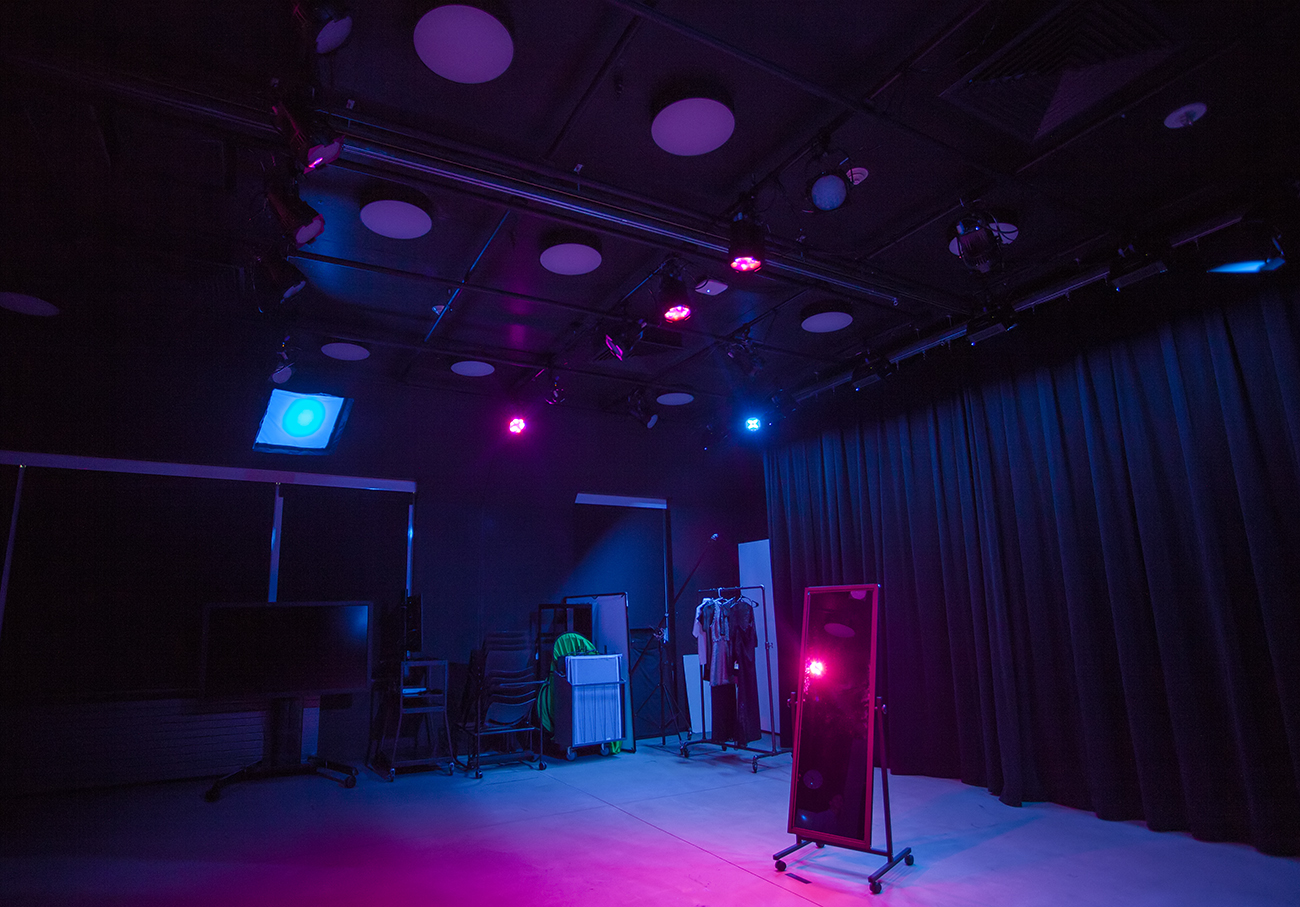What is Soft Lighting in Photography and Why Use It?
In the realm of photography, understanding the nuances of light is crucial. Soft lighting is one such concept that can transform a photograph dramatically. It creates a distinct aesthetic by softening harsh shadows and enhancing texture, which makes it indispensable for photographers aiming to achieve a particular mood.
So, what exactly is soft lighting in photography? At its core, it refers to light that diffuses gently across a subject rather than striking sharply. Unlike hard lighting, which casts defined shadows and produces stark contrasts, soft lighting creates a more even exposure. This article delves deep into the intricacies of soft lighting, its applications, and the various techniques photographers can employ to harness its beauty effectively.

The Importance of Soft Lighting
Soft lighting offers several benefits that enhance the overall quality of an image. For one, it minimizes blemishes and imperfections, making it ideal for portrait shots where skin texture is exposed. Moreover, soft light can add a sense of calm and tranquility, effectively conveying the desired emotion in a scene. In the world of professional photography, manipulating light is powerful, and soft lighting is a tool that every photographer should master.

How Soft Lighting Differs from Hard Lighting
Understanding the difference between soft and hard lighting is pivotal for photographers. Hard lighting creates deep shadows and crisp outlines, often associated with high-contrast images. It can be achieved with direct sunlight or a bare flash. On the contrary, soft lighting minimizes contrast, resulting in a more natural look. The shadows are less pronounced, and the highlights are smooth. You can produce soft lighting through various means, such as:
- Diffusion: Using materials that scatter light, such as softboxes or umbrellas, can effectively create a soft light source.
- Reflectors: These bounce light back onto the subject, illuminating it softly without harsh shadows.
- Natural Light: Overcast days are perfect for achieving that elusive soft lighting effect, as the clouds diffuse the sunlight.

Techniques to Achieve Soft Lighting
One of the most pressing questions that professional photographers often ask is how to create soft lighting for various types of photography. Here are some techniques to consider:
1. Use of Softboxes
Softboxes are essential tools in a photographer's kit. They soften the light emitted from a flash or continuous light source, resulting in a more even spread of illumination. By creating a larger apparent light source, softboxes help minimize harsh shadows and maintain the natural beauty of the subject.
2. Employing Artificial Diffusers
Artificial diffusers come in many forms, including screens and gels. Using these tools can further soften artificial lighting, creating the desired effect without transforming the entire light setup.
3. Positioning Your Light Source
Manipulating the position of your light source can drastically change the light quality. By placing the light farther away, you decrease its intensity, and moving it around your subject can help create a softer feel.
4. Reflections and Bounce Cards
Utilizing reflective tools like bounce cards can help distribute light evenly across a subject. Placing a white or silver reflector adjacent to the light source can redirect light onto the subject, providing subtle fill lighting.

Practical Applications of Soft Lighting
Soft lighting can be particularly effective in various photography genres:
1. Portrait Photography
In portrait photography, soft lighting enhances the subject's features while minimizing imperfections. This light type produces flattering shadows on the face, resulting in a more pleasing and natural appearance.
2. Product Photography
In product photography, soft lighting allows for a rich and appealing presentation. Soft light helps avoid reflections and highlights that can distract from a product's details. Head over to this link for more insight into product lighting techniques.
3. Wedding Photography
For wedding photographers, soft lighting can create romantic and dreamy atmospheres. Whether during the vows or the reception, capturing moments with soft light can elevate the emotional impact of the images.
Common Challenges When Using Soft Lighting
Even with its advantages, there are challenges that come with using soft lighting. Here are a few pitfalls photographers might encounter:
- Overexposure: Soft light can occasionally lead to overexposure if not controlled properly, particularly in bright outdoor settings.
- Loss of Detail: In extreme cases, achieving too soft of an effect may wash out fine textures, thereby losing details in the image.
- Balancing Flash with Ambient Light: When combining flash with ambient light, achieving the perfect balance can be tricky.
Conclusion
In conclusion, understanding what is soft lighting in photography is vital for professional photographers looking to evolve their craft. By mastering this technique, you can add an entirely new dimension to your photographic portfolio.
We encourage you to implement some of the discussed techniques in your next shoot. By embracing the art of soft lighting, you can create memorable, ethereal images that resonate with your audience. For more insights on lighting techniques, check out this article.
FAQs
What is the difference between soft and hard lighting?
Soft lighting diffuses light evenly across a subject, reducing harsh shadows, while hard lighting creates a stark contrast with defined shadows.
Can I achieve soft lighting outdoors?
Yes, soft lighting can be achieved outdoors, particularly on overcast days when the clouds diffuse sunlight.
What tools can I use to create soft lighting at home?
Common tools to create soft lighting at home include softboxes, diffusers, and reflectors.
As an Amazon Associate, I earn from qualifying purchases.

